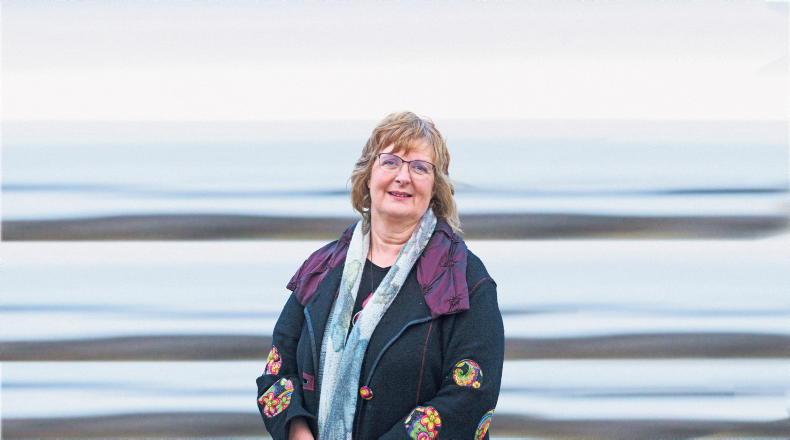My knowledge of Wales, until recently, has been pretty basic. It’s just over the Irish sea, they play decent rugby, have great singers and love dragons.
An impromptu weekend trip taught me so much more. I managed to bag a cheap flight from Knock and once I checked that my uncle Gerry was free for the weekend, I was off. As an aside, Monsignor Horan did a good thing building an airport in the middle of a bog in Mayo. As they say ‘Don’t knock Knock till you’ve tried it’.
So what did I learn about Wales over the few days? My first surprise was the language. I knew Welsh was a Celtic language and that it had some unusual pronunciations. I remember, from many a pub quiz, that the longest town name in the world was in Welsh.
The sign welcoming me to Cymru as I drove over the Severn was my introduction to Welsh. I had assumed, like many minority languages, that it was rarely used so I was surprised to hear it spoken openly.
I live in a Gaeltacht area so I hear Irish spoken on a daily basis. However, when I travel around the country, Irish is rarely spoken. I wasn’t staying in the equivalent of a Gaeltacht area in Wales and yet I heard it in shops and pubs.
Irish and Welsh are the official languages of both countries and are compulsory in schools (to the age of 16 in Wales). We both have a TV and radio station dedicated to the languages and our towns and villages have bilingual signage.
I had assumed, like many minority languages, that it was rarely used so I was surprised to hear it spoken openly
I appreciate I was only there for a few days, but that, combined with some research, has taught me that both languages are hanging in there. Social media has helped keep both alive – especially among younger people. Public policy is key to their survival with targets such as that of the Welsh government to reach one million speakers by 2050.
Next up was Welsh food. I remember as a child, Ma making Welsh ‘rabbit’ for tea. I was never quite sure what part of the cheese on toast was rabbit. I felt quite the eejit when I learned, as an adult, that it was actually Welsh rarebit and no bunnies were involved in the recipe.
On this trip I was staying on the Gower peninsula so I was keen to discover the local fish or shellfish specialities.
Cockles were mentioned by my cousin so my first lunch was a cockle gratin. Sitting with my uncle and cousin Louise O’Connell overlooking the sea, it was a perfect first Welsh meal.
After lunch we took a walk along the beach and met men with rakes and forks. Me being me, I went up to them to find out what they were doing. The men with the rakes were harvesting cockles. They explained that while there were now some commercial cockle farms, they and others still harvest from the beach. We chatted about traditional harvesting which they told me goes back thousands of years.
Cockles, like many traditional foods, have at times been regarded as a poor man’s food but they’ve held their place on Welsh menus. I can see myself checking out the beaches in Connemara with a rake in hand.
The men with forks were digging up worms to go fishing with. They said they’d never pay for worms but laughingly told me they enjoy charging visiting English fishermen above the odds for them.
Out to lunch the next day with more cousins I tried whitebait. These tiny fish are eaten whole and they were delicious. I was repeatedly told cockles and laverbread is the most traditional dish of this area and is usually served for breakfast. My cousin, a regular at the restaurant, was able to get it as a lunch side dish. I could see the cockles but where was the bread? Well it turns out laverbread is actually seaweed. We’d know it as sleabhanc. It was so tasty that I will be looking to make the dish when I find cockles.
As a country, we have a lot in common with Wales – I’ll definitely be back.
Meanwhile, if you need this for a pub quiz the longest place name is Llanfairpwllgwyngyllgogerychwyrndrobwllllantysiliogogogoch.






 This is a subscriber-only article
This is a subscriber-only article










SHARING OPTIONS: